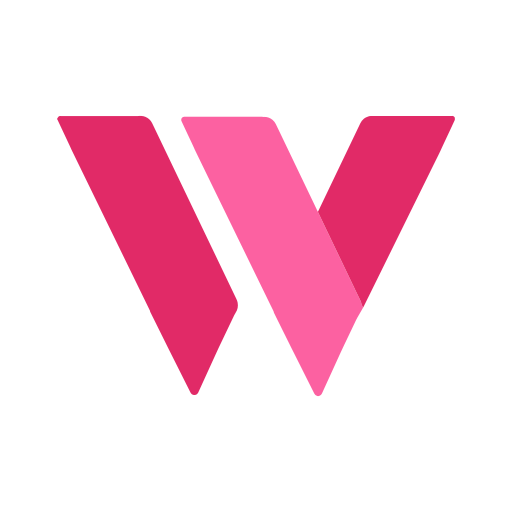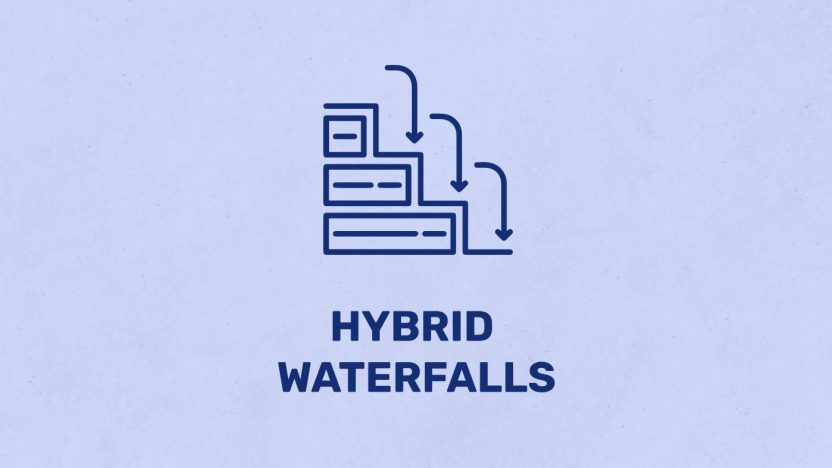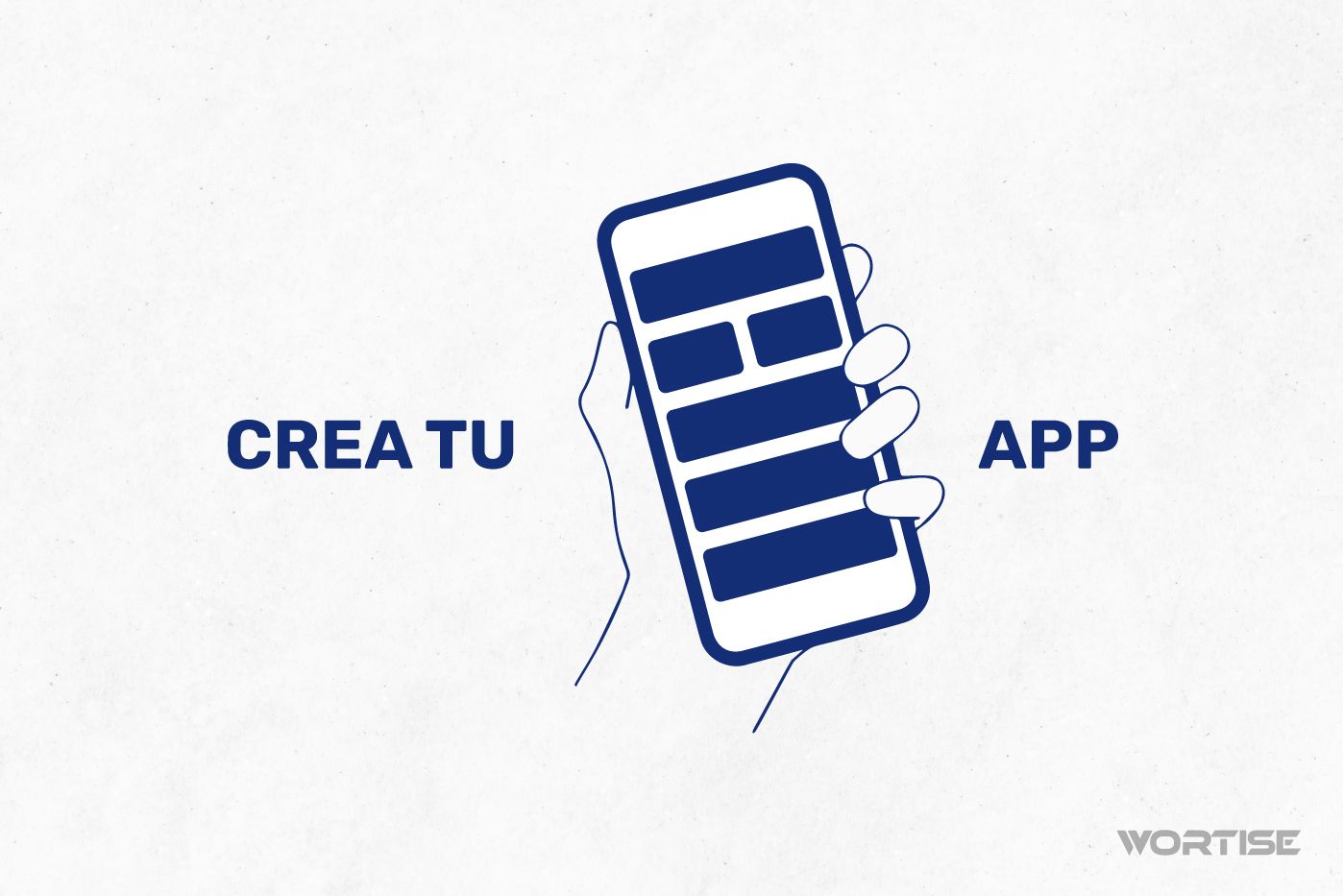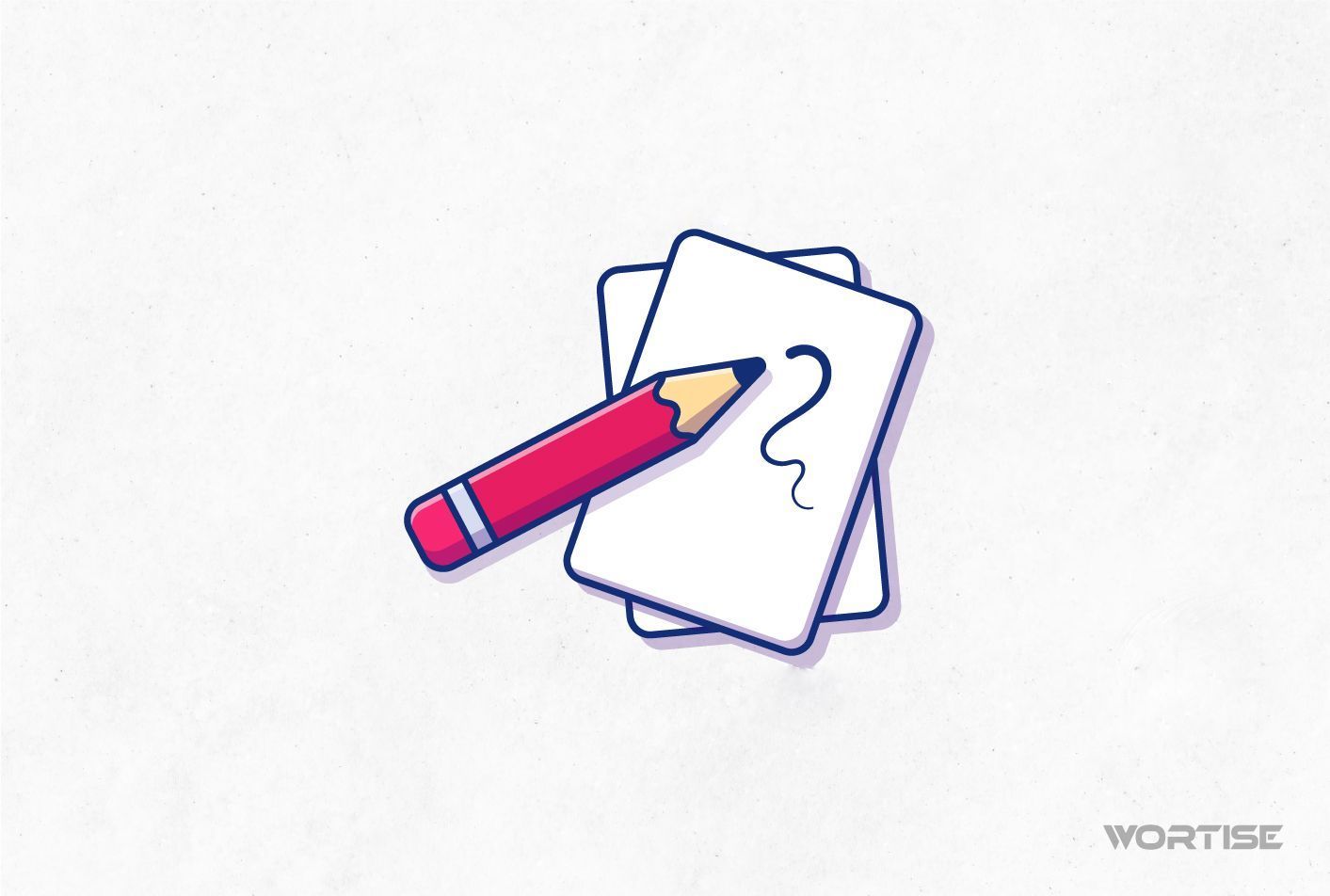¿Triste porque quedaron muchos espacios vacíos en tu inventario? Lejos de preocuparte, debes ocuparte en aplicar tácticas efectivas para aprovechar las distintas fuentes de demanda que ofrecen las hybrid waterfalls (cascadas híbridas). Gestionarlas no es fácil y puede resultar todo un desafío, pero con una correcta optimización podrás reducir el trabajo manual y obtener buenos resultados.
A estas alturas del partido es difícil imaginar el mundo de la publicidad móvil sin la entrada en juego de las hybrid waterfalls o la tecnología Header Bidding. Su uso es vital para que cada publisher pueda vender el inventario sobrante y conseguir ganancias cada mes.
Pero, ¿cómo lograrlo? ¿Qué puedes hacer para reducir el trabajo manual de las cascadas híbridas? Recopilamos algunas prácticas en este post que puedes aplicar de inmediato para mejorar el rendimiento de tu inventario. ¡Te mostramos!
Primero que nada, ¿qué son las hybrid waterfalls o cascadas híbridas?
Las hybrid waterfalls son una estrategia popular y eficiente para maximizar los ingresos publicitarios de cada publisher, aunque muchos consideren que el Header Bidding llegó para suplantarlo (en otro post hablaremos sobre esta tecnología).
Las cascadas híbridas podemos definirlas como una técnica que combina elementos de las cascadas tradicionales y las subastas en tiempo real (RTB). Es decir, se trata de una secuencia que va por orden jerárquico y se ejecuta de forma manual y automatizada.
Comienza por las ofertas directas, pasa por las redes publicitarias y concluye con las subastas programáticas. La combinación de estos enfoques de venta ayudan a cada editor a maximizar sus niveles de monetización y conseguir una tasa de llenado más alta.
El reto de cada publisher, como decíamos al principio del texto, es aprender a gestionar estas cascadas híbridas de la mejor manera para reducir el trabajo manual y evitar consumir más tiempo de lo normal.
¿Cómo funcionan las cascadas híbridas?
En una cascada híbrida se establece una secuencia de pasos para vender impresiones publicitarias a través de diferentes canales de demanda, dando prioridad a las opciones más valiosas en cada etapa.
En este modelo de trabajo, las plataformas del lado de la oferta (SSP) y las redes publicitarias se clasifican tomando en cuenta el rendimiento histórico promedio de cada editor. En pocas palabras, las SSP con mejor tasa de coste efectivo por cada mil impresiones (eCPM), latencia y tasa de llenado, entre otros indicadores, estarán de primero. Luego, las impresiones se pasan de un SSP a otro en secuencia hasta que se venden.
De mayor a menor
Para explicar mejor el concepto de las hybrid waterfalls, vamos a definir su estructura. La cascada inicia desde las ofertas directas. Cada editor reserva impresiones para ser vendidas a anunciantes premium siguiendo parámetros personalizados (precios fijos, plazos, formatos de anuncio y más).
Luego, si no logran llenarse todos los espacios del inventario, las impresiones restantes se envían a las redes publicitarias, que actúan como intermediarios entre los editores y los anunciantes.
Si el espacio no termina de llenarse en las redes publicitarias, pasa a las subastas en tiempo real, también conocidas como RTB. En esta fase, múltiples compradores compiten entre sí –a través de pujas– para obtener espacios a los mejores precios.
Cabe destacar que las impresiones de las redes publicitarias y las RTB tienden a ser un poco más bajas que las de oferta directa. Es decir, mientras la cascada va descendiendo en busca de anunciantes para llenar los huecos, los precios también bajan.
Pero lejos de ser un punto negativo, es una acción ventajosa. ¿La razón? Es mejor llenar el inventario con anuncios que sumen poco, que dejarlo vacío y no monetizar con nada. En esta industria cada centavo cuenta.
Otro punto notable es que las cascadas deben ser configuradas por los usuarios según sus criterios y objetivos. El orden de prioridad de la cascada dependerá de las estrategias que emplee cada persona.
¡Listo! Mejores prácticas para gestionar mejor las hybrid waterfalls
Para mitigar el trabajo manual, te recomendamos seguir estas prácticas de gestión de cascadas híbridas.
#1 Agrega varias redes publicitarias
Un paso inteligente que debes dar es agregar múltiples redes publicitarias y subastas de ofertas en tiempo real. Esto hace que tu inventario se vuelva competitivo y la cascada híbrida que diseñes tenga mayores oportunidades de captar anunciantes.
El resultado es obvio: caminas hacia una tasa de cumplimiento más alta, pudiendo generar un mejor ingreso promedio por usuario activo diario (ARPDAU). Agregar redes de anuncios ayuda a llenar vacíos que no pudiste ocupar con las ofertas directas.
#2 Haz pruebas A/B en tu cascada
¡No des todo por hecho! Para reducir el trabajo manual en los trabajos de monetización de tu app, procura utilizar una prueba A/B para ver si tu cascada da resultados positivos o no.
Solo debes comparar tu cascada existente con una nueva cascada. Luego, analiza las métricas principales de esa prueba y quédate con la que arroje mejores números.
#3 Si es necesario, ajusta la prioridad
Analizar el rendimiento de cada nivel de la cascada es algo imprescindible. No puedes guiarte por suposiciones y asumir que tus mayores ingresos provienen, por ejemplo, de las ofertas directas. ¿Y si no es así? ¿Y si monetizas más con las subastas abiertas?
Sea cual sea el caso, es conveniente que observes cuáles son las fuentes de demanda que están generando mejores resultados en términos de llenado de impresiones.
Solo así podrás ajustar la prioridad de la cascada y los precios de tus espacios.
#4 Establece reglas claras para cada nivel de tu cascada
Poder establecer parámetros, tomando en cuenta tus metas y necesidades como editor, hará que puedas sacarle el máximo provecho a cada nivel de la hybrid waterfalls.
Por ejemplo, puedes fijar precios mínimos ajustados a la realidad (estudia el mercado) y restringir anuncios específicos que puedan dañar la reputación de tu app, así te aseguras de que no se infiltren en ningún nivel de la cascada.
Todas estas acciones las puedes hacer con anticipación para reducir el trabajo manual.
#5 Utiliza la tecnología adecuada
Además de la flecha, también importa el arco con el que se dispara. ¿Qué te queremos decir con esto? Que si bien puedes aplicar las mejores tácticas para sacarle provecho a las cascadas híbridas, tus esfuerzos se pueden diluir si no cuentas con el respaldo de una plataforma adecuada en materia de publicidad programática.
Una plataforma ideal es aquella que tiene herramientas para controlar y optimizar cada cascada de forma fácil y eficiente, haciendo que ahorres tiempo y reduzcas la carga de trabajo manual. Además, también debes evaluar con cuántas redes de Ad Mediation se conectan para que determines si te conectará con anunciantes relevantes o no.
#6 Haz un monitoreo constante
El manejo de cascadas híbridas requiere un monitoreo permanente y ajustes regulares. Recuerda que el mercado de la publicidad digital es muy cambiante y tú debes estar preparado para ajustar las estrategias.
Sirve mu
cho para que te mantengas informado sobre las tendencias del mercado y el comportamiento de los anunciantes. Por ejemplo, si notas que los usuarios de tu app tienen una fuerte inclinación por las publicidades vinculadas a los videojuegos, puedes configurar una cascada que ayude a captar a anunciantes valiosos de este nicho.
#7 Mejora el tiempo de carga de anuncios
Además del trabajo que debes hacer en materia de monetización, no dejes a un lado el rol de optimizar tu app de forma constante para que la experiencia del usuario sea agradable.
Aplica los ajustes necesarios y haz que cada anuncio que se cargue en tu aplicación no sea excesivo, ya que disminuyen el rendimiento de la cascada.
Ventajas y desventajas de las cascadas híbridas
Esperamos que hasta ahora no tengas dudas sobre el funcionamiento de las cascadas híbridas. Ahora veamos algunas ventajas que tiene el saber gestionar correctamente las hybrid waterfalls:
- Al ofrecer las impresiones más valiosas, tienes más oportunidades para obtener mayores ingresos publicitarios.
- Existe flexibilidad y autonomía. Cada editor puede definir las reglas para cada nivel de la cascada, incluyendo restricciones y precios.
- Es posible integrar ofertas directas en el flujo de la demanda, dando paso a la obtención de ingresos estables.
- La reducción del trabajo también es una ventaja notoria. Cada editor puede automatizar parte del trabajo y dedicarse a otras áreas en su app.
Así como decimos lo bueno, también mencionamos lo malo. Estas son algunas desventajas:
- Aunque su implementación sea más fácil que otras tecnologías (caso Header Bidding), no podemos negar que requieren conocimiento técnico para integrar múltiples fuentes de demanda y analizar las métricas.
- Existe el riesgo de que las impresiones valiosas se diluyan si no son asignadas en el nivel correcto.
- Aunque te dimos tips para reducir el trabajo manual, no podemos mentirte: una cascada híbrida requiere inversión de tiempo y esfuerzo. Debes realizar análisis, monitorear y ver con lupa el resultado.
3 plataformas para implementar la estrategia de cascadas híbridas
#1 Google AdMob
Esta plataforma de mediación del gigante tecnológico estadounidense ofrece una integración con distintas fuentes de demanda, dándote la oportunidad de diversificar a la hora de monetizar.
Puedes controlar los precios y prioridades de tu inventario, acceder a una amplia red de anunciantes, competir en subastas en tiempo real y aprovechar los distintos formatos publicitarios que pone a disposición.
#2 Wortise
Wortise es una ad mediation creada por publishers para publishers. Trabajamos con tecnología first party data para que los anuncios en tu app lleguen a audiencias hipersegmentadas, elevando así el valor de cada impresión.
Nuestro sistema optimiza las creatividades y prioriza aquellas con mejor rendimiento. Además, tenemos un sistema antifraude que disminuye las tasas de rebote y eleva el tráfico.
Mediamos con redes publicitarias como AdMob, AppLovin y AdColony para que tengas mayores oportunidades de llenar tu inventario y, con el acompañamiento personalizado que brindamos, obtener hasta el doble de eCPM que ofrece Google AdMob.
#3 IronSource
IronSource es una plataforma de monetización de apps bastante popular que ofrece una propuesta de cascada programática capaz de combinar anuncios directos con redes publicitarias. Tiene un dashboard bastante completo que permite controlar cada detalle de tu estrategia.
Puedes elegir los formatos que desees incluir en tu inventario y segmentar usuarios según sus intereses. ¿Qué debes hacer para tener éxito en esta ad mediation? Es fácil: solo pon en práctica todos los consejos que te dimos para maximizar la efectividad de las hybrid waterfalls.
¿Listo para alcanzar una tasa de llenado por encima del promedio? Con Wortise es posible
¡Hola, Publisher! Para que puedas monetizar más de lo que esperas, debes dar con los mejores anunciantes del mercado sin invertir tanto tiempo ni esfuerzo. A razón de esto existe Wortise, la ad mediation #1 de LATAM.
Trabajamos con tecnología first party data para llevarte a audiencias premium y elevar el valor de cada impresión. Pero más allá de eso, contamos con una plataforma de mediación de redes de anuncios avanzada compuesta por más de 100 Ad Networks.
Con Wortise puedes obtener el eCPM más alto del mercado, soporte y acompañamiento con tácticas para maximizar tus ganancias.




